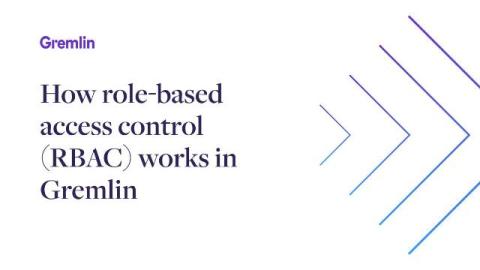Interpreting your reliability test results
Gremlin’s default suite of reliability tests analyzes critical functions of modern services: scalability, redundancy, and resilience to dependency failures. Services that pass this suite of tests can be trusted to remain available during unexpected incidents. But what happens when a service fails a test? How do you take failed test results and turn them into actionable insights? This blog aims to answer that question.










